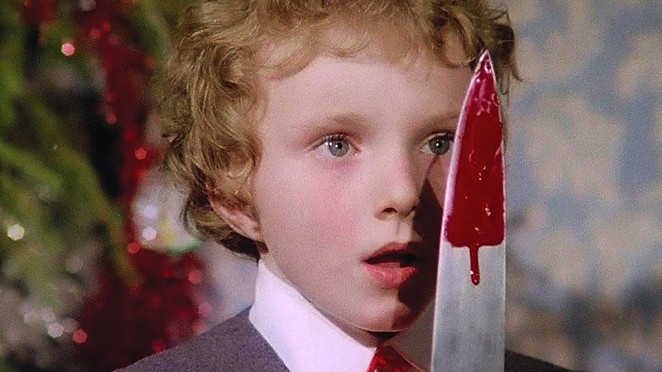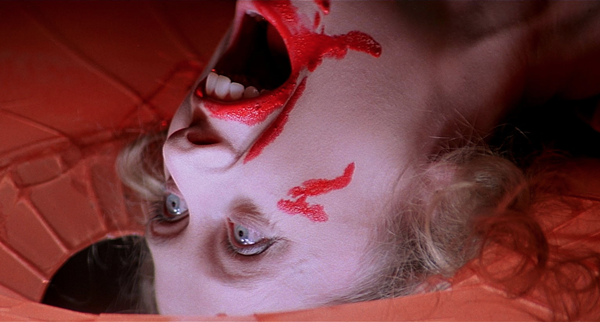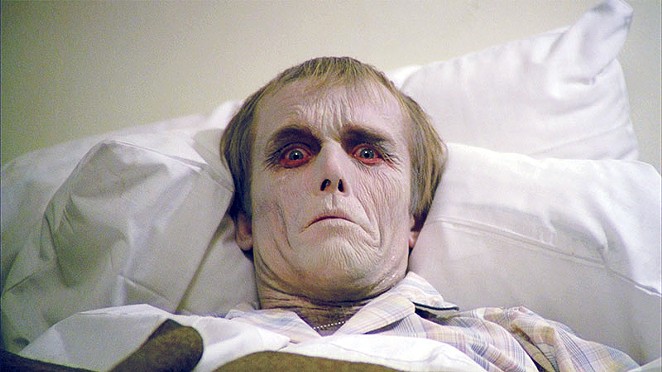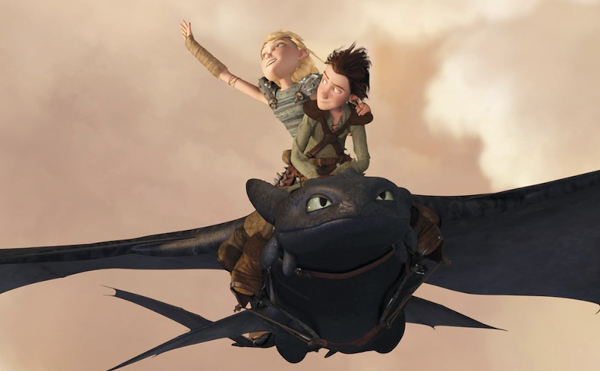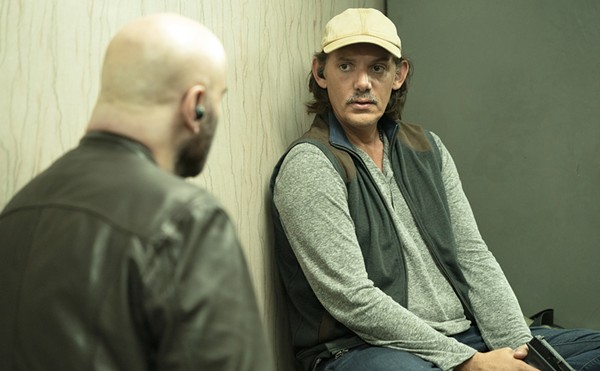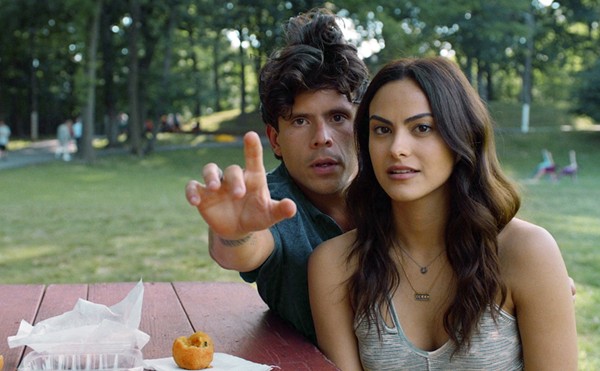Goblin is the soundtrack to your childhood nightmares.
In the days before digital streaming services cherry-picked and homogenized what we "choose" to watch on Friday and Saturday nights, mystical places known as "video rental stores" dotted the landscape of '80s and '90s suburban America. These wondrous strip-mall staples were a congregation place for all color and creed; and for the weird kids, there was no more alluring, mysterious and wondrous a place as the horror section of your neighborhood Hollywood or Blockbuster Video.
After scouring the aisles of tapes with the weirdest, most shocking covers to spend your weekend with, you were bound to come across a few of the handful of underground classics scored by Goblin, the legendary, '70s, Italian, prog-rock band. Their sound ranges wildly from pure gloom — organ swells, creepy chanting and sparse drumming — to totally funky prog-fusion with a rhythm section rivaling Stevie Wonders'. Their sound was instrumental in sculpting the aesthetics of many vital horror films of the era, which were most often directed (or at least produced) by Italian horror master, Dario Argento.
The band's first foray into horror scores began with Argento's Profondo Rosso (Deep Red). Deep Red is a marvelously bloody slasher/mystery flick (a subgenre known as Giallo films, which was wildly popular at the time in Argento's native Italy) about a jazz pianist who witnesses the merciless killing of a famous psychic, and must team up with a goofy-but-adorable journalist sidekick to solve the mystery before he ends up in a Technicolor bloodbath of his own. The film starts with, and is heavily punctuated by, Goblin's score; the creepy staccato arpeggios of the main theme frequently reprise throughout the story. Each murder scene is intensified tenfold with Goblin's manic, recurring chase theme. While a synopsis of the plot may seem quaint, the pacing isn't as manic as modern slashers, and the film may not be as shocking as it once was, Argento's surreal, awe-inspiring cinematography and Goblin's haunting score make Deep Red a must-watch for fans of the slasher and murder mystery genres.
Goblin's second collaboration with Argento, 1978's Suspiria, is a visual bloodfeast of a slasher flick. Suspiria is the story of an American ballet dancer studying at a German conservatory, where she (surprise) unravels the mystery of a string of murders occurring in and around the school, which reveals the faculty and staff to be a coven of witches. While most horror films tend to paint with a drab brush, Suspiria constantly blasts the viewer with deep, shocking, prismatic hues. Blood on the big screen has never been redder. In fact, Suspiria was one of the last films ever shot in Technicolor. It's horror surrealism at its peak. The emphasis on extreme colorization, anamorphic lenses, one-point perspective and Goblin's harmonic chiarascuro coalesce into a masterpiece of the genre. Goblin's score is filled with unrelenting dread, panic and terror, and Suspiria contains one of Goblin's most iconic pieces of music. Suspiria is the 2001: A Space Odyssey of Italian Horror, and Goblin is its Ligeti.
Arguably, the most well-known film scored by Goblin is George A. Romero's 1978 masterpiece, Dawn of the Dead. Known in Europe as Zombi, Dawn of the Dead took the now well-tread subgenre of the zombie survival flick (essentially created by Romero himself a decade before in 1968's Night of the Living Dead) and gave the viewer a sense of scale of how widespread and dire an undead pandemic can be. Dawn of the Dead was a collaborative production of sorts between Romero and Argento; Romero was responsible for the film's cut for English-language regions, but Argento had the rights to edit the film for International foreign-language releases. Because of these liberties, Argento again enlisted Goblin for the score. While the Argento cut was scored completely by Goblin, the Romero cut only features 4 or so tracks by the band, and the rest is stock music (but you can't forget Herbert Chappell's "The Gonk" even if you want to). While the US version is good in its own right (it's still one of the best zombie flicks ever, no matter which edit you watch), the Argento cut with Goblin's music just nails the hopeless cabin-fever atmosphere perfectly.
After Dawn of the Dead, Goblin went through some inner-band turmoil, but main members, most notably Claudio Simonetti, went on to do a handful more soundtracks for Argento, including 1985's Demons and 1986's Phenomena, starring a pre-Labyrinth Jennifer Connelly. In recent years, members of the band (including main-man Simonetti) have reunited and toured Europe, the US, Japan and Australia extensively, and have been writing and recording new music.
Goblin will be performing the Dawn of the Dead soundtrack in its entirety at 11:45pm, November 15 at the Aztec Theatre for the third annual Housecore Horror Festival.

